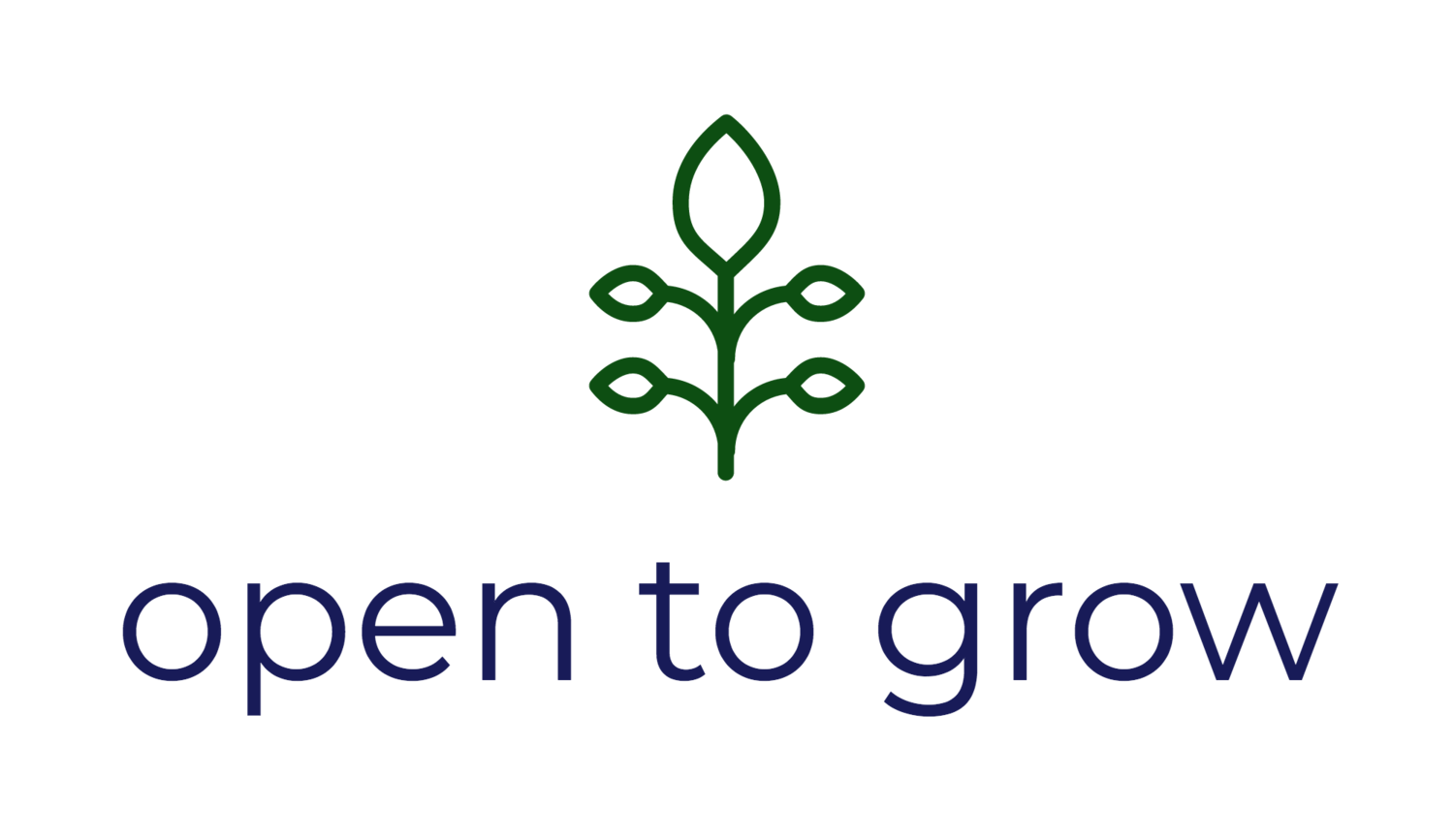Flow. The Tiny Dancer.
/Almost Famous is in my all time top 5. The joy that film evokes for me goes beyond the wonder of ‘Tiny Dancer’ on the bus
to a whole other realm of sensory memory and yes, nostalgia. Although it pains me to think that anyone reading this has not seen the film, it’s a coming of age story with the backdrop of 1970’s rock music – at time when the genre is changing (albeit a change that seems rather incidental considering what’s happened since). Cameron Crowe wrote the film as a love letter to his youth, and to the music that forged him. Although my own experience happened a few years later, when according to Lester Bangs music had well and truly died, the impact it had made me me.
Music was me. Alone in my bedroom, or in the car.
But it came most alive in the presence of others.
In clubs and arenas and huge outdoor stadia – hundreds or thousands of souls, in unison, vibrating with the overwhelming resonance of guitar bass and drums, and as that collective catalyst through which the vibrations passed, something else is created, something big and different and unique to the time and space. A movement and construct that could only be in that time, bending in that space, and through that air, with our hearts and flesh and breath, creating an exteriorized organism called flow.
Flow is very much in the zeitgeist these days - a state that can provoke creativity, mindful and mindless practice, and a purity of output that requires this fine balance between skill and challenge and ease and purpose.
In the case of a rock show, the skill and challenge role is played by the musicians and the lighting and sound crew, who push the limits of art; the crowd eases into it’s presence, serving the role of catalyst through which art flows, and is expressed in movement or singing aloud or meditation into the sonic meld. Time evaporates.
Present is all. Collective unconscious or conscious; anything is possible.
The first time I recognized flow in my being was running – I lost time. I literally felt like I came back to consciousness, and had no recollection of the past ten minutes – the signposts, the landmarks never happened. I was there. Now I was here. That one time, I really noticed it, and it scared me a little. But, once I had noticed it, I started to notice it, or at least be able to name it, more and more. Carving a track on my snowboard, or a berm on the mountain bike – challenge and ease, challenge and ease = flow. Limitlessness.
Next came abstract painting. I always loved modern and contemporary abstract art; I thought I’d try it! I registered for a night class at the local Art College, and voila. From the very first night, flow was achieved completely effortlessly. From the pallet to the brush to the canvas, I had no idea what I was doing or what was going to happen – all I knew was that 90 minutes had evaporated and it was time to wash up. And what did happen on the canvas was of no consequence – what I was after, what I craved, what refreshed and enlivened and invigorated me was the flow state.
Sometimes, if I’m really lucky, I can get it through writing, but it’s not a guaranteed outcome like it is with painting, or going to see my favourite band.
It’s the most connected, human place I can be.
And I can find it, if I pay attention, in the most unlikely spots – during a collaboration session, or debate, or even a simple conversation, where there is that sweet spot of intense concentration and absolute grace.
Sometimes I get scared that it’s like a shy spirit – that if you notice it and name it it will evaporate. But I don’t think so. Let’s name it, and intentionally seek her out. The Tiny Dancer.












